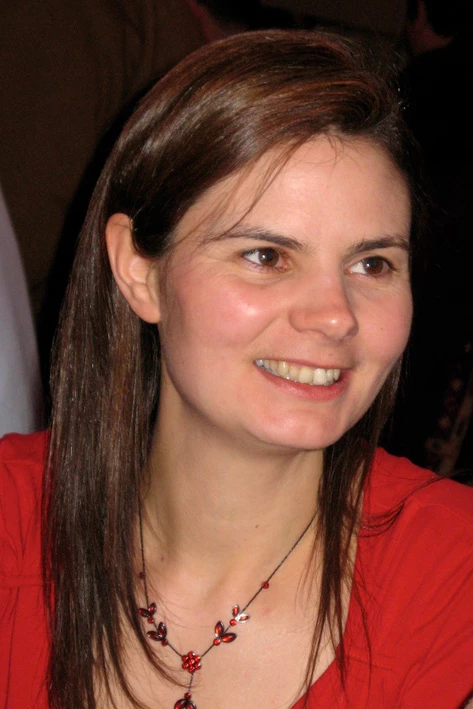Falkland Islands Marine Bristleworms
, 19 Ionawr 2015
The Polychaetes of the Falkland Islands project has been running since 2011 with two highly successful field trips run so far. The project has been well supported with two Shackleton Scholarship Fund grants and support form the local environmental groups and institutes. So far, over 30 families of polychaetes have been identified from the samples and 2 new species have been described, with more on the way. The third field trip hopes to build on the success of the previous two, expanding the range of sampling sites and seeking new opportunities for collaborative project funding in the islands.
16.01.2015
After the usual gruelling 18 hour flight, I’m back out in the Falkland Islands again to continue expanding my range of sampling sites, maintain my contact with those out here and also investigate further project funding opportunities. This time my husband has travelled out with me to see what all the fuss is about and also to try and understand what it is I actually do (you can see his eyes glaze over when I try and explain things so maybe seeing first-hand will actually help!). He’s going to come out with me in the field, help me collect and generally be an extra person in those remote areas I end up in. I’m not sure he knows what he’s let himself in for but at least he may stop referring to my fieldwork as ‘rock pooling for adults’!
The weather hasn’t been kind to us initially, being very wet and windy, even beyond normal Falkland Islands standards! It is supposed to be summer here but it was only 5°C when we landed, cooler than the UK when we left, and the horizontal hail driven into us at hyper speed by the winds was no fun at all!
This was my first full day here and after finalizing all of the arrangements for the next two weeks, our first sampling was a short but harsh introduction to the kind of work I sometimes find myself doing. This was night sampling, attempting to collect the reproductive forms of certain polychaetes that come out at night, swimming free in the water to spawn and are attracted to bright lights. For this reason we found ourselves in a Stanley marina, on a pontoon at 11pm, in the rain, dangling an underwater torch into the water and sweeping a fine mesh net around it, collecting the many different small creatures that were attracted to it (see photo). It was too late to have a detailed look at our catch, so they went into the fridge to keep cool overnight until I could get to the lab for a look and I went to bed.
17.01.2015
The order of the day today was to have a look at what I had managed to catch in the marina last night. Most of what I had were small Crustacea and the smallest jellyfish I’ve ever seen (about 2mm wide) but there were 4 worms of the right kind of appearance, albeit a bit smaller than I would have expected (about 10 mm long). I’ve been allowed access to the Fisheries lab while I’m here and their camera microscope so I was able to take some photos of the little critters. Interesting as they were, unfortunately they were not what I was after, which was a bit disappointing. They were certainly reproductive stages of polychaetes but of a different group to the one I am after, although I haven’t determined which group yet. Still, better than nothing!
The weather has been better, being mostly dry, a bit warmer and marginally less windy. Fingers crossed for tomorrow’s weather, which is the first shore visit. It is an early start though, with a 6.30 am wake-up call, to get to Mare Harbour, about an hour and a half drive away. Hopefully something interesting will turn up!

sylw - (2)